Penultimate Unit: 108° angle for pentagonal faces
The instructions presented here are for the simplest version of the unit, which results in 108° angles and thus can build faces that are regular pentagons. The construction is approximate, but it is good enough for any practical uses. The simplest example of using such units is shown below — building a regular dodecahedron. It has 30 edges and thus requires 30 units. Here are some examples of what else you can build by combining 108° units with other variants (including units with different angles at each end):
- Pentagonal Snowflake
- Truncated Icosahedron
- Dodecahedron with Prisms on All Faces
- Modified Buckyball (uses Penultimate and PHiZZ units)
See other sections of this tutorial for instructions on folding and connecting other variants of this unit.
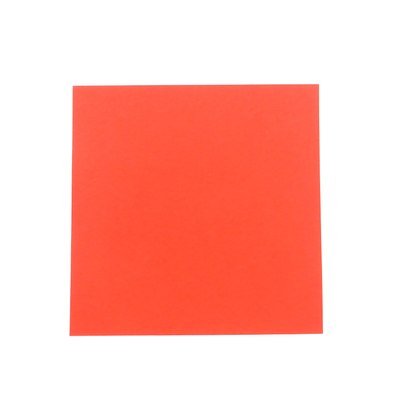
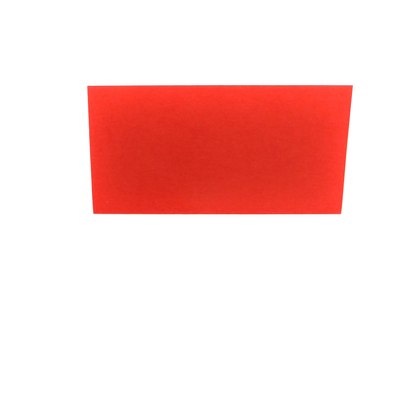
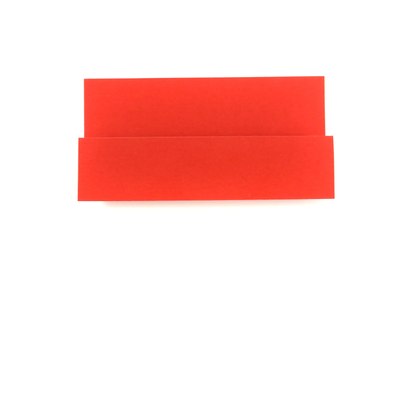
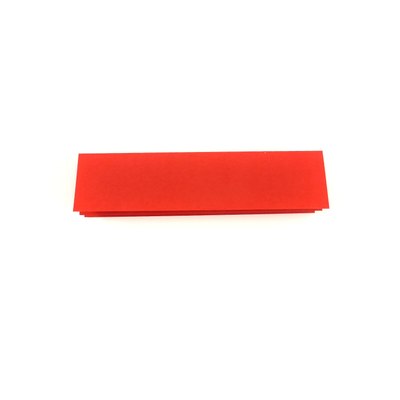
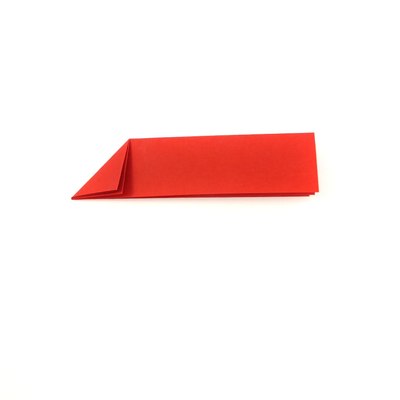
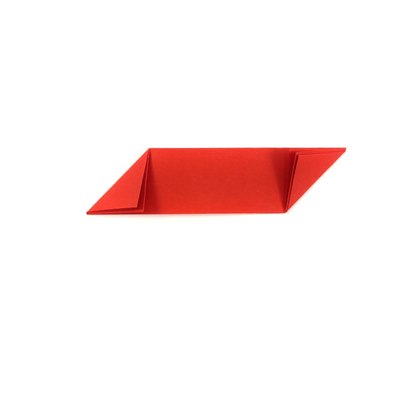
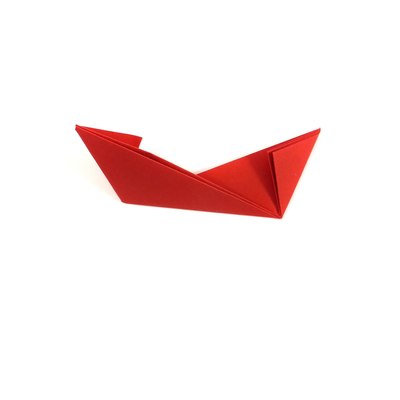
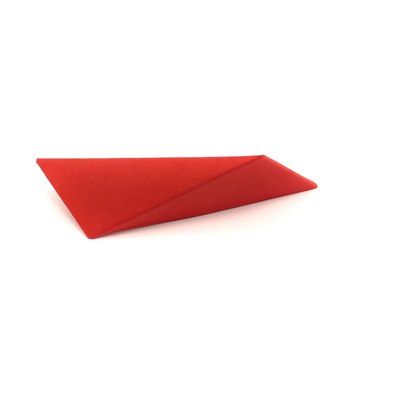



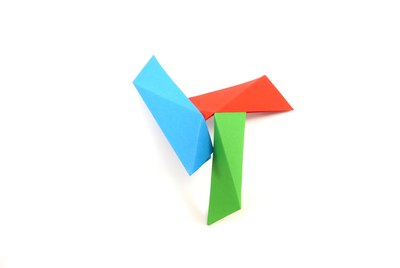
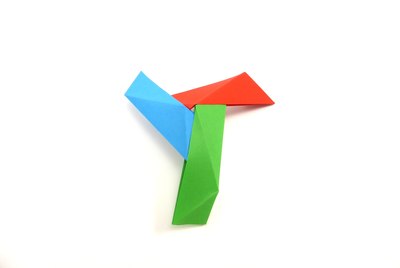
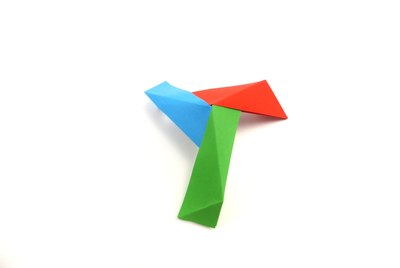



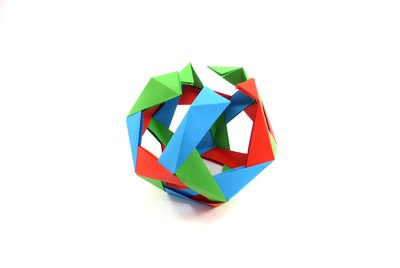
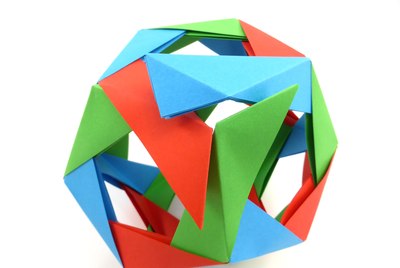
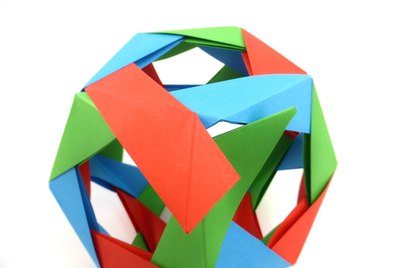
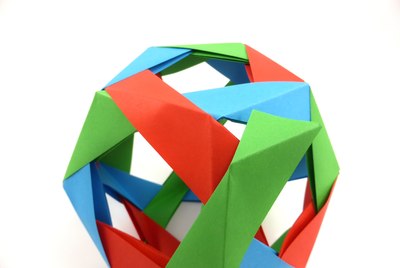
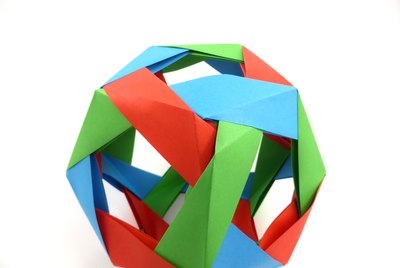
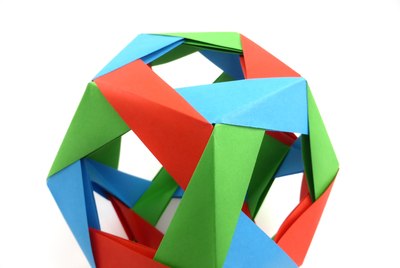
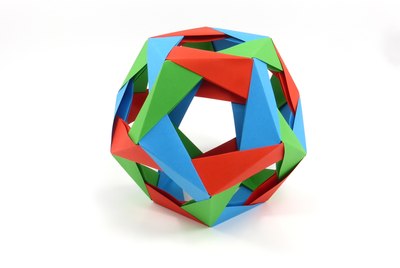
Comments